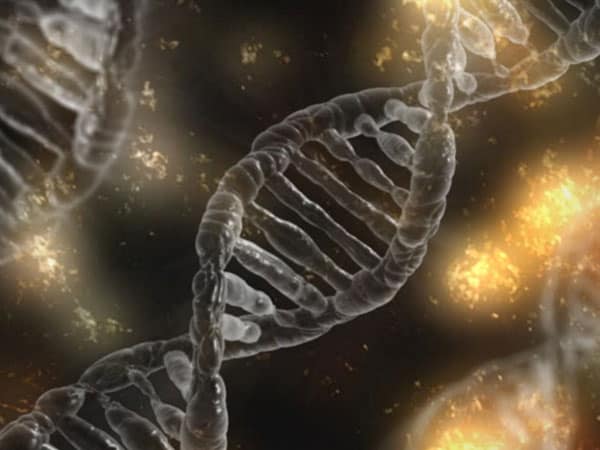Washington: A new University of Bath study now finds that skin cells taken from patients with a rare genetic disorder are ten times more sensitive to damage from ultraviolet A (AVA) radiation in laboratory tests, than those from a healthy population.
Experts believe that the work, which has involved designing a brand new molecule with potential to be added to sun cream, could benefit those with Friedrich’s Ataxia (FA), as well as those with other disorders characterised by mitochondrial iron overload, notably Wolfram Syndrome and Parkinson’s disease, where UVA rays from the sun may pose particular challenges.
When cells are exposed to UVA rays, the damage caused to cells can be worsened by excess free iron in mitochondria which fuels the generation of ‘free radicals’, including Reactive Oxygen Species (ROS), which can damage DNA, protein and fats – increasing the risk of cell death and cancer.
Patients with FA have high levels of free iron in their mitochondria. The new research shows that this excess free iron makes skin cells from these patients up to 10 times more susceptible to UVA damage.
The scientists have custom-built a molecule which acts like a claw to scoop up excess iron particles within mitochondria, preventing them from amplifying UVA-induced damage. The researchers’ goal is to see this molecule added to sun creams to enhance their protective effect against UVA rays.
Lead author of the study, Dr Charareh Pourzand, said, “A major function of mitochondria is to produce energy, and iron in the right amount is essential for their function.
Pourzand added, “Friedreich’s Ataxia is one example of a disease of ‘mitochondrial iron overload’. Our results -should they translate to people’s skin (in vivo), suggest that patients could be up to 10 times more sensitive to UVA. The damage you and I would get in our skin from for example 2.5 hours’ exposure to solar UVA would be 4-10 times higher for a patient with FRDA.”
According to Pourzand, excess iron in the mitochondria means more reactive oxidising species and more damage to cell constituents, resulting in cell functions being compromised. This situation leaves cells more sensitive to subsequent oxidative damage notably by environmental factors such as UVA of sunlight.
“We hope that our findings can be ultimately translated to the people to give them a better quality of life, and that we can inspire other researchers to follow those avenues. We are very thankful to our sponsor the Biotechnology and Biological Sciences Research Council (BBSRC) to have made this project feasible,” Pourzand added.
The team is now looking to continue the research into the chelator with an in vivo mouse model of the disease.
[source_without_link]ANI[/source_without_link]

